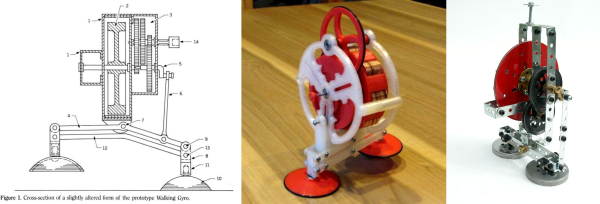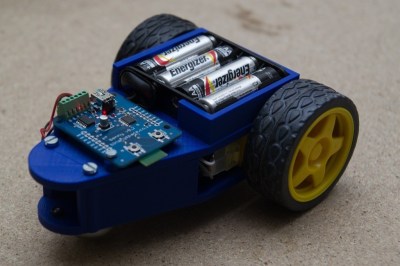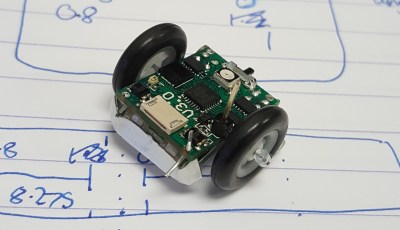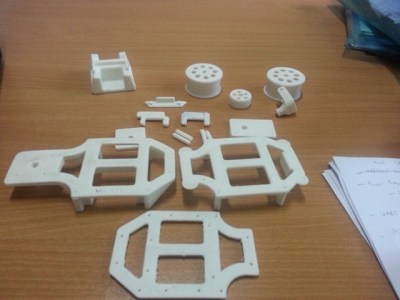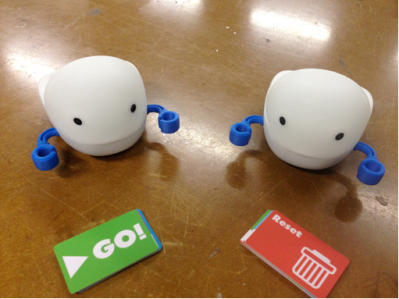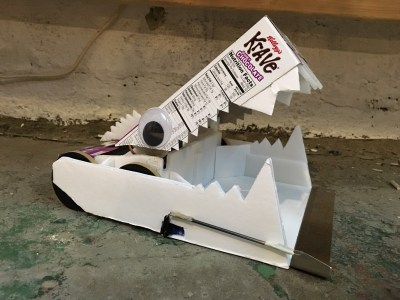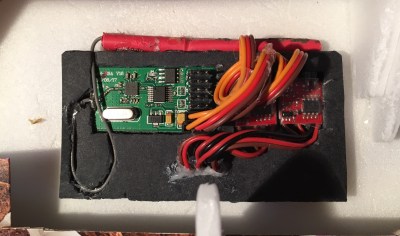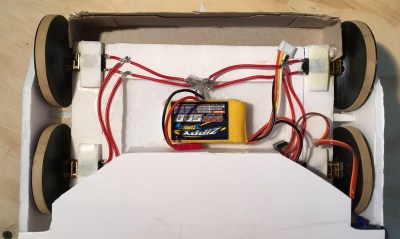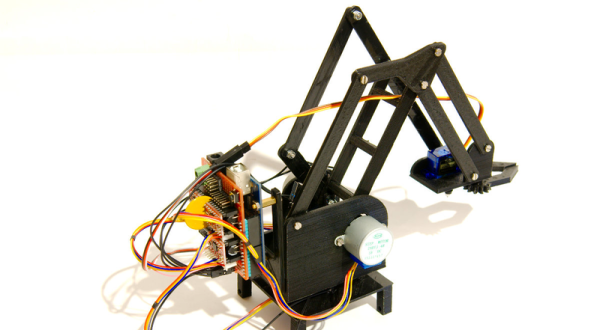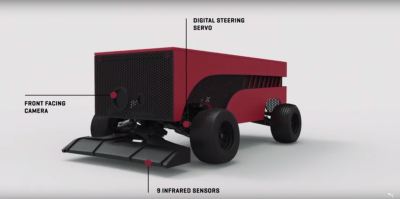Until about a year ago, the Droid Builder’s Club had just about everything figured out to build any sort of robot from Star Wars. Building an R2D2 clone was easy, and even R5 and R6 droids were common. There were even a few attempts to clone IG-88. Then Disney happened, The Force Awakens was released, and the world was introduced to the hero of the third trilogy, BB-8. Several people have gone to incredible lengths to replicate BB-8 as a unique homebrew robot, but no one has put in more effort than [James Bruton]. He’s wrapping up his third DIY version of BB-8.
[James]’ third version of the BB-8 droid has two older brothers we’ve seen before. [James] started the construction of his earliest BB-8 not long after the trailer for The Force Awakens, and long before we knew the makers of Sphero robot toys weren’t behind this hero puppet. Since then, a number of improvements have been made to the drive system, allowing the third version of [James]’ BB-8 to turn on a dime and roll just like its on-screen counterpart.
Right now, [James] is about 80% done with his newest droid, with just a bit extra circuitry to have all the functionality seen on the ‘real’ stage droid. Like most of the R2D2 builds out there, there might be enough room inside this droid for some additional capabilities. There appears to be enough space behind one of the body panels for an extending arm, making the possibility of a flamethrower thumbs up very real.
[James] is also one of the judges for this year’s Hackaday Prize, and will (hopefully) be at this year’s Hackaday Prize award ceremony and Hackaday SuperConference in San Francisco. If a set of highly likely probabilities pans out, [James]’ BB-8 will also be at the con, and we’ll see it careening down that one weird block of Lombard Street. Awesome.
Entire playlist for the build of BB-8 v.3 below. Pictures are available here.


